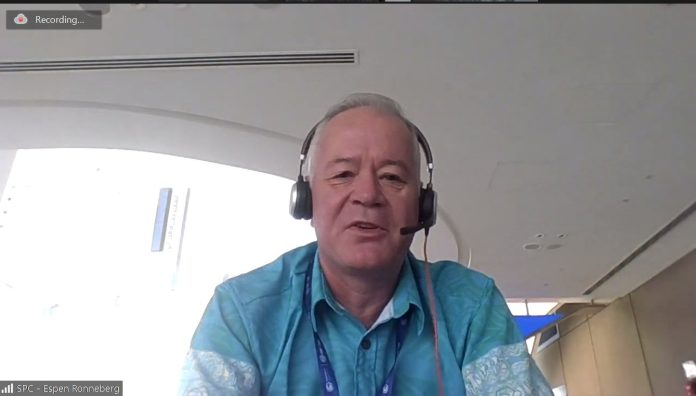By Pita Ligaiula at COP28 in Dubai, UAE
As the issue of Loss and Damage takes centre stage at COP28, the recent uneasy compromise to house the funds temporarily with the World Bank sparks discussions and differing perspectives, particularly from Pacific Islands Forum and Council of Regional Organisations (CROP) agencies.
Espen Ronneberg, Adviser to the SPC Climate Change and Environmental Sustainability Programme expressed reservations about the World Bank as the host for Loss and Damage funds.
“We were not entirely in favour of the World Bank. However, we were able to get into the transitional committee decision a number of safeguards,” he said.
Ronneberg explained these safeguards include three exit ramps, allowing a reconsideration if conditions aren’t met, providing a level of reassurance.
Despite the reservations, he was hopeful the decision will proceed smoothly, with only the naming issue left to be decided.
Lavetanalagi Seru, Regional Coordinator at the Pacific Islands Climate Action Network (PICAN), acknowledged the difficulty of the decision and the need for compromise.
“It’s probably one of the most difficult decisions to make was to accept these compromises,” Seru said.
However, Seru emphasised the strategic perspective, noting that some safeguards are already in place, and the compromise aligns with the preferences of developing countries.
Pacific Islands Forum Secretariat’s Director of Programme and Initiatives, Zarak Khan, also shed some light on the specific reference made by Pacific leaders in Rarotonga, Cook Islands.
“The decision from our Pacific leaders in Rarotonga actually has a specific reference to using the Pacific Resilience Facility (PRF) as a potential Loss and Damage mechanism for the Pacific region,” he said.
He emphasised the challenges associated with both options, whether through the UNFCCC or World Bank, and highlights the leaders’ focus on shifting the conversation to the regional level for more control over the narrative and rules.
The perspectives from these key stakeholders reflect the complex considerations and challenges surrounding the placement of Loss and Damage funds.
The safeguards negotiated provide a layer of reassurance, but ongoing discussions and compromises are crucial to ensuring the effective utilisation of resources in addressing the impacts of climate change in the Pacific region.
SOURCE: PACNEWS














